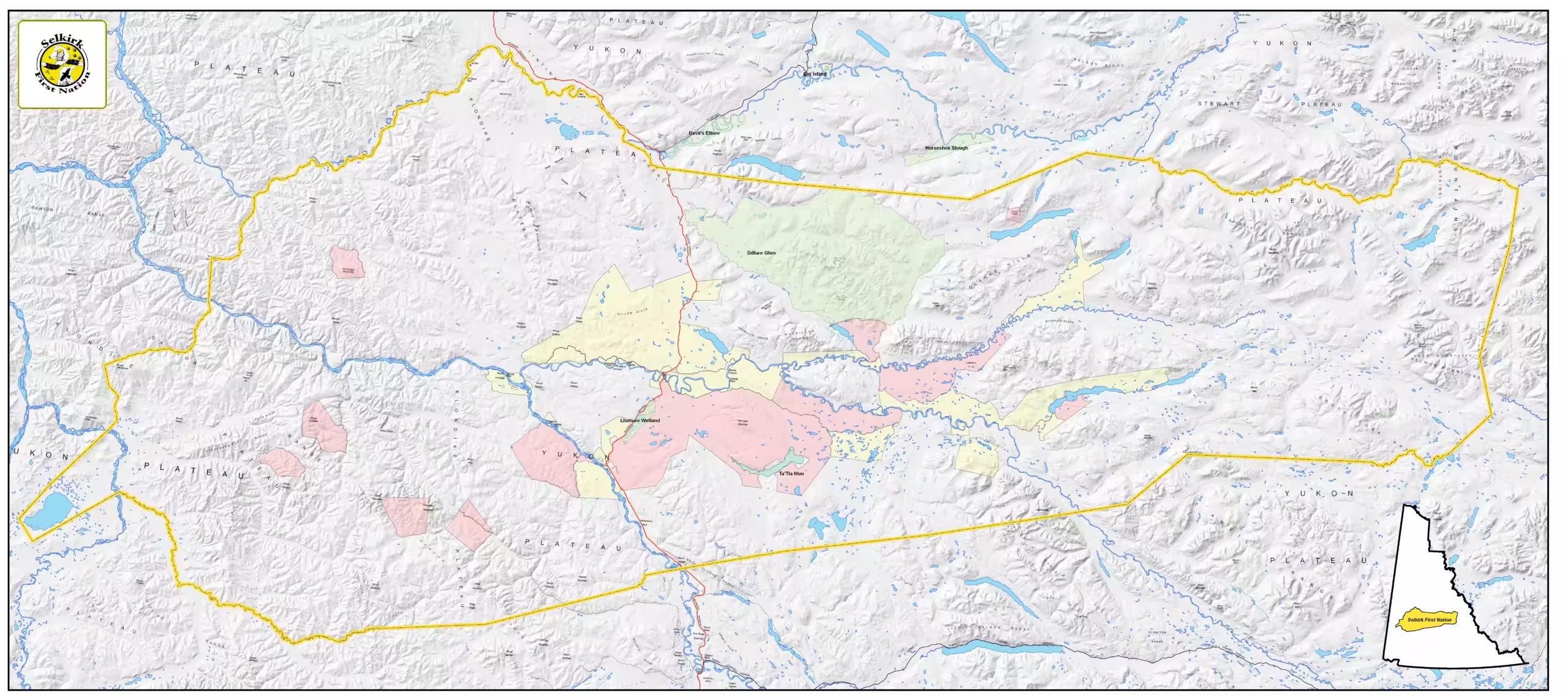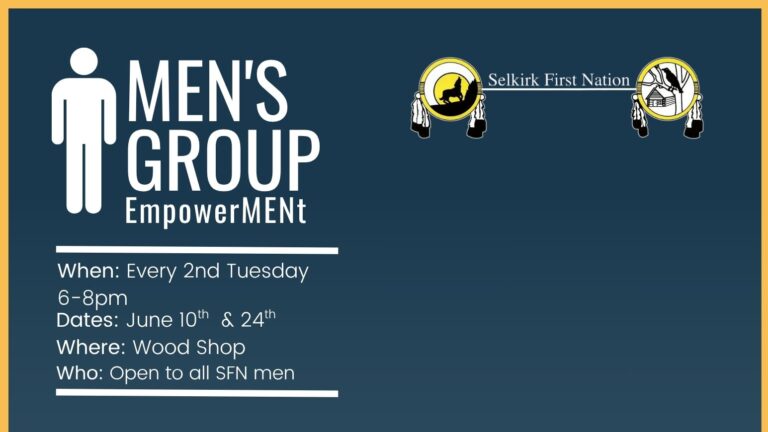Our traditional language is Northern Tutchone, which is rooted in the Athapaskan dialect and remains a vital part of our culture and identity. As Selkirk people, we are grounded in our traditional laws, known as
Dän K’i
meaning ‘Our Way of life’. The four guiding principles of Dän K’i are:
Respect (Nałats’íntr’a) Caring (Łek’áts’ete) Sharing (Łeyâts’eli), and Teaching (Hats’adän).
These guiding values have shaped our community for generations, fostering harmony with one another and the environment.
Northern Tutchone is also shared with the First Nation of Na-Cho Nyak Dun in Mayo, the Little Salmon Carmacks First Nation in Carmacks, and a small population in Beaver Creek. Our people take great pride in their language, just as they do in all aspects of their culture. Elders continue to speak it fluently, while younger generations are actively learning.
Selkirk First Nation is committed to revitalizing the Northern Tutchone language through an established Language Program in the Heritage Branch. This initiative focuses on reclaiming and incorporating the language throughout the community, as well as researching and expanding the Northern Tutchone dictionary. Dedicated citizens, including fluent speakers, Language staff and students, are working diligently to keep our Northern Tutchone language vibrant in today’s world.
Numerous publications have been written in or translated into Northern Tutchone, along with a dictionary, with more publications planned for the future. Currently, four popular children’s books by Robert Munsch are being translated. The language department is also developing a Northern Tutchone app to help those interested improve their Northern Tutchone language skills.




